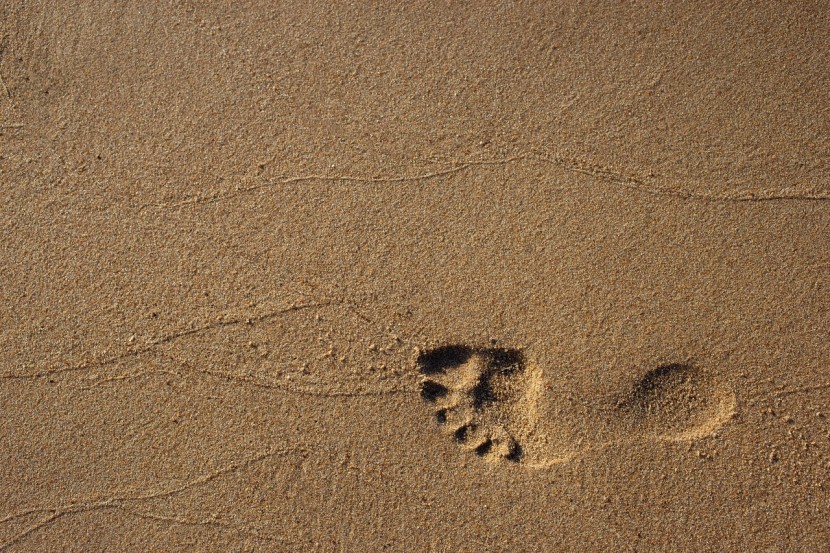
Scientists have discovered that ancient human DNA from a 7,200-year-old woman shows she was part of a previously unknown group of humans in Southeast Asia.
Experts know very little of the population history of Southeast Asia's modern humans due to ancient DNA being susceptible to degradation amid the tropical climate. But in 2015, scientists excavated a partially preserved human skeleton.
Ancient 7,200-year-old Female DNA
The piece of the ancient artifact was found inside a limestone cave in Leang Panninge on Sulawesi, an Indonesian Island. Experts called the discovery an "exceptionally rare" find in the area due to the humid climate that was known to be "exceptionally unforgiving," and prevented preservation of genetic material upon the death of the organism.
Adam Brumm, a professor of archaeology at Griffith University in Brisbane, Australia, is one of the authors of the study. He said that analysis of the DNA revealed the subject was a young female hunter-gatherer. Scientists estimated the young woman to be about 17 or 18 years old and lived during the pre-Neolithic era. Brumm noted she shared half of her DNA with Aboriginal Australians and the other half was from people found in Papua New Guinea, ABC News reported.
Excavators discovered the woman interred in a fetal-like position inside a shallow grave inside a Toalean burial complex around 7,200 years ago. The specimen was found with a few large rocks on top of some of her body as well as being surrounded by them. Brumm and his team also found sophisticated stone tools, including chipped arrowheads, inside the tomb.
Brumm's study called the specimen "Besse" and said that it was the first discovery of ancient human DNA in the island region between Asia and Australia. He said the discovery provided new insight into the genetic diversity and population history of modern humans in the area that is understood very little, CNN reported.
Humans From Thousands of Years Ago
Archaeologists believe that the specimen passed through the early migration gateway to Australia. They said that the previously unknown group of humans arrived at southern Sulawesi after the first group of people traveled to Papua New Guinea and Australia.
Brumm said there seemed to be another wave of modern human colonization of the region. He added they only now discovered evidence for the incident because of the Toalean woman's ancient DNA sample.
The earliest evidence for human settlement in Australia was previously 65,000 years old and left little evidence of when and how humans migrated over thousands of years. Many archaeologists believed that the first groups of humans passed through Southeast Asian islands known as Wallacea.
At the time, islands such as Borneo, Sumatra, and Java were connected by land, and Australia and Papua New Guinea formed a massive landmass called Sahul. Experts believe humans traveled to Sahul in a variety of ways, including passing through Java to Timor and crossing the ocean. Another route went from Sumatra to what is now known as the southern ends of Borneo and Sulawesi, then later island-hopping to Sahul, ABC Net reported. Archaeologists also found signs of human settlements across the region, from specimens they believed migrated through Southeast Asia.
Related Article:








